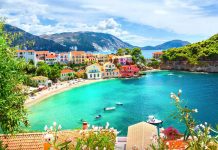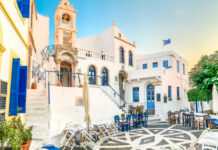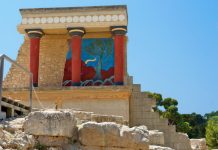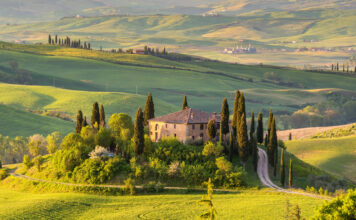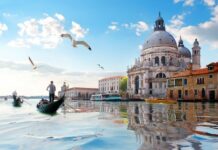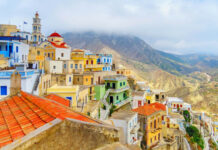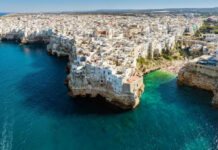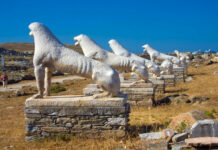10Athens: The Capital of History and Culture
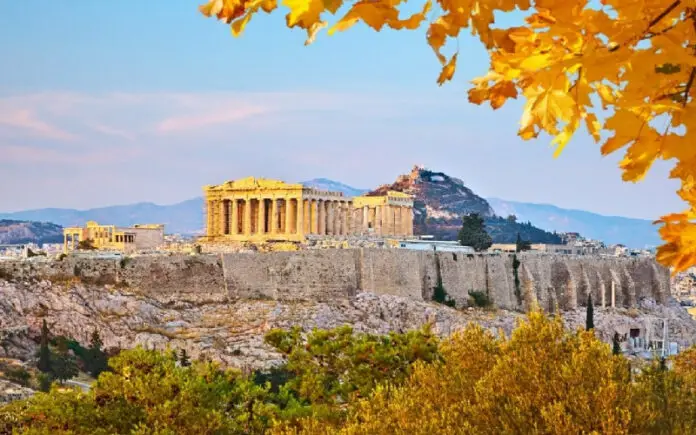
Athens, the capital of Greece, is a city where ancient history and modern culture intertwine seamlessly. The Acropolis, a UNESCO World Heritage site, is the city’s most iconic landmark, home to the Parthenon, the Erechtheion, and the Temple of Hephaestus. The Acropolis Museum is a must-visit to understand the historical significance of this ancient site.
In the historic Plaka neighborhood, narrow winding streets, neoclassical architecture, and charming cafes create a romantic atmosphere. Monastiraki and Syntagma Square offer bustling markets and upscale shopping. Athens is a city that captures the essence of Greece’s rich heritage and vibrant contemporary life.




